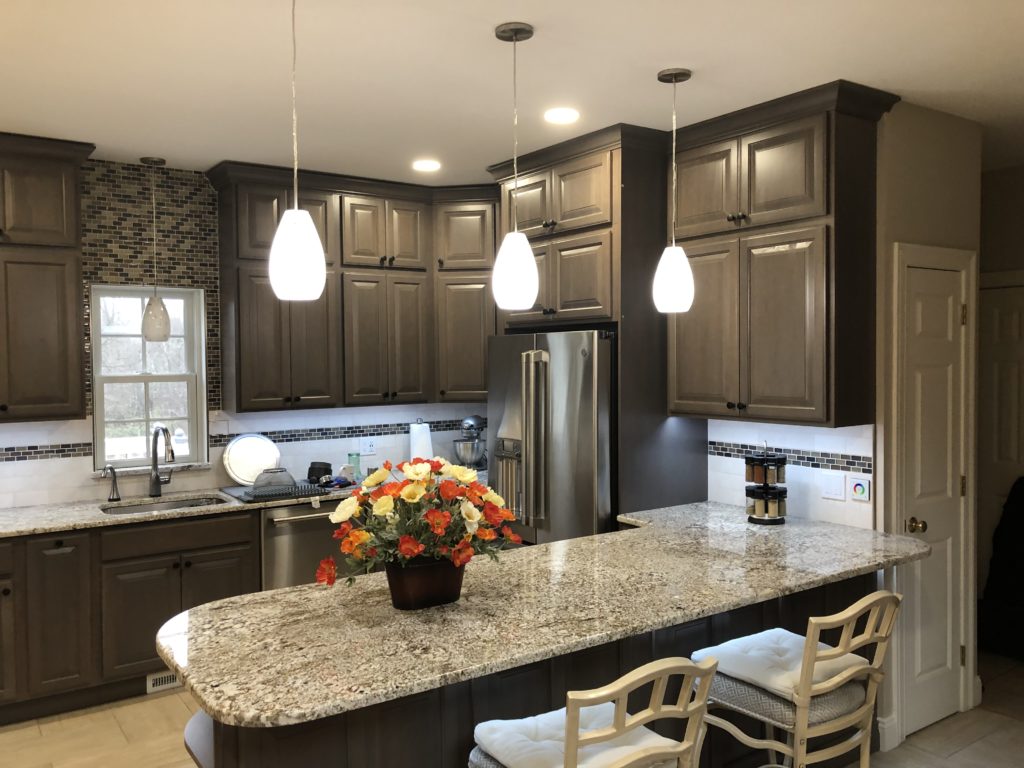What Are the Benefits of Silestone and Granite Countertops?

If you’re thinking about a kitchen renovation, you may have heard of a popular product called Silestone. This sustainable material is a composite that is created using a mix of minerals and quartz, and both it and granite are often used for kitchen countertops. Although Silestone is made of natural materials, it is still considered a man-made substance. That being said, it comes in a variety of natural-looking colors, patterns and styles and can even be made to look exactly like granite. But can it maintain its durability over time and with consistent use?
How Do Silestone and Granite Perform When the Heat Is On?
Both granite and Silestone are incredibly tough. Both types of countertops boast the ability to hold piping hot pans and trays without the need for a hot pad. With temperatures as high as 500 degrees coming from a heated oven, it may be frightening to consider placing pans on kitchen countertops without risking a crack or burn. But granite and Silestone slabs are made to withstand incredibly high temperatures without taking any damage. This convenient quality can come in handy regularly, and it’s a luxury that is easy to enjoy.
Do Silestone and Granite Make the Cut?
A second feature that both granite and Silestone share is their smooth finish that is hard enough to resist scratches, even from a sharpened knife cutting food directly on the surface of the kitchen countertops. The owners of granite or Silestone countertops do not even need to use cutting boards — although they may want to since the impervious surface can actually dull knives!
If Silestone and granite were going head-to-head in a rugby tournament, it might be hard to decide a clear winner. They’re both unbelievably tough! Either choice would be an excellent option for kitchen countertops that start out beautiful and maintain their appeal for decades to come.
